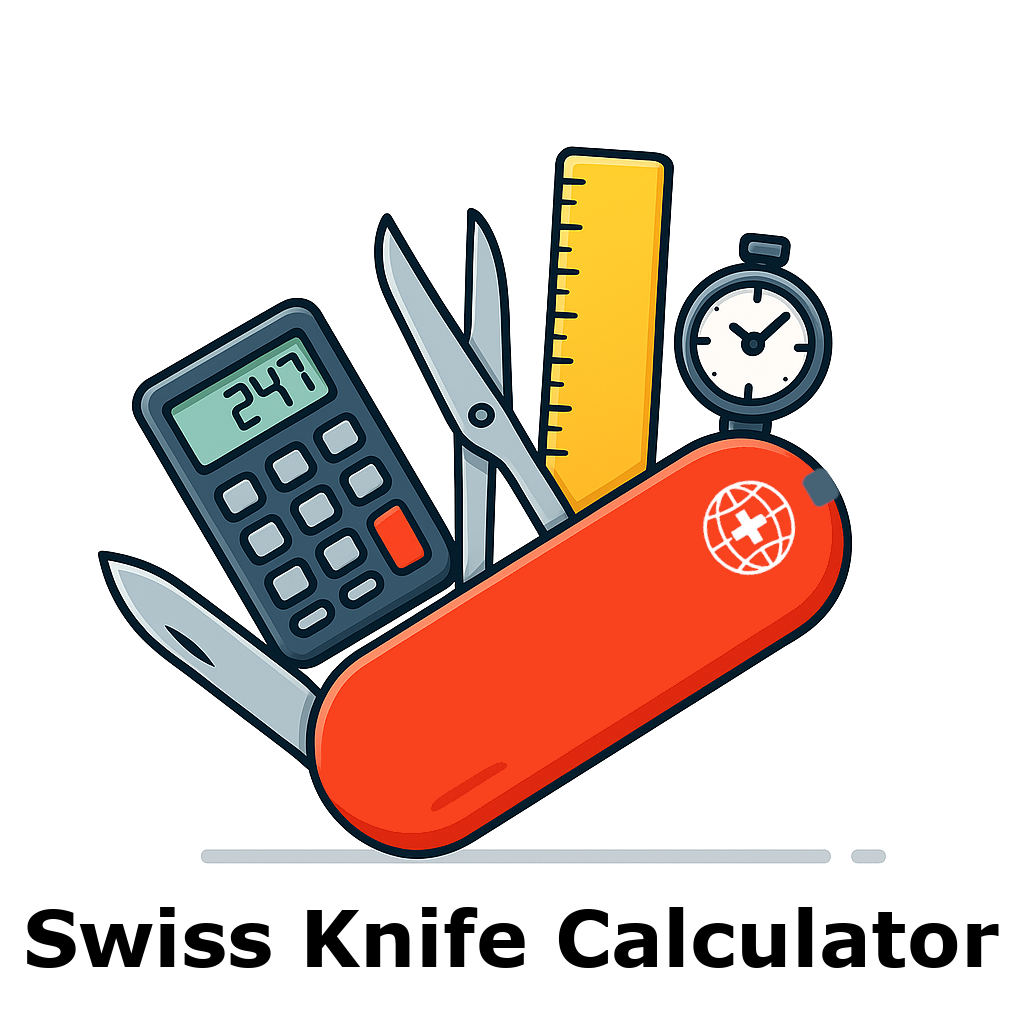Enter Volume to Convert
Converted Volume
Result: -
Overview
The Volume Unit Converter helps you quickly convert between common and obscure volume units used in cooking, chemistry, construction, engineering, and science. Whether you're measuring liquid ingredients in cups, converting fuel capacity in gallons, or working with large-scale cubic meters, this tool ensures accuracy.
It supports all standard metric and imperial units like liters, milliliters, gallons, pints, quarts, cups, cubic meters, and cubic feet. Toggle “Advanced Mode” to access a wider selection including fluid ounces, barrels, teaspoons, tablespoons, cubic rods, chains, miles, and more.
Designed for both professionals and everyday users, this tool provides results with up to six decimal places, references authoritative constants, and works seamlessly on desktop and mobile.
Formula & Methodology
All conversions are internally processed through cubic meters (m³) as the base unit. The formula structure:
Step 1: Convert "From" unit → m³
Step 2: Convert m³ → "To" unit
Example: Convert 2 US gallons to liters:
- 2 × 0.003785411784 = 0.007570823568 m³
- 0.007570823568 × 1000 = 7.570823568 L
Key conversion factors to m³:
- 1 L = 0.001 m³
- 1 mL = 0.000001 m³
- 1 US gallon = 0.003785411784 m³
- 1 UK gallon = 0.00454609 m³
- 1 cup (US) = 0.0002365882365 m³
- 1 tablespoon = 1.478676478125e−5 m³
- 1 teaspoon = 4.92892159375e−6 m³
- 1 barrel (US) = 0.119240471196 m³
- 1 cubic mile = 4.168181825e9 m³
Examples
- 3 liters → US gallons: ≈ 0.792516 gal (US)
- 5000 mL → cups (US): ≈ 21.13 cups
- 2 ft³ → liters: ≈ 56.63 L
- 1 barrel → m³: ≈ 0.11924 m³
- 10 barrels → fl oz (US): ≈ 40,314.25 fl oz
Use Cases
- 🔬 Scientists converting lab solution volumes
- 🍳 Chefs adapting international recipes with volume units
- 🛢️ Industrial engineers dealing with fluid capacity or barrels
- 🏗️ Architects and builders calculating volume of materials
- 🚚 Logistics managers converting between imperial and metric systems
- 💧 Water treatment or fuel companies managing tank volumes
- 📚 Students solving chemistry or physics homework problems
Frequently Asked Questions
What are the most commonly used volume units?
The most used include liters (L), milliliters (mL), gallons (US & UK), cups, quarts, pints, and cubic meters.
What's the difference between US and UK gallons?
US gallon = 3.78541 liters; UK gallon = 4.54609 liters. Always choose the right region when converting!
How accurate are the conversion results?
This tool uses high-precision constants and outputs up to 6 decimal places, ideal for both casual and professional use.
Can I use this tool offline?
No, it requires internet access. However, you can save the webpage for reference or use the print/export feature.
Do you support kitchen-specific conversions like teaspoons?
Yes, enable Advanced Mode to access US teaspoons, tablespoons, fluid ounces, and cups for culinary needs.
How do I convert cubic measurements (like ft³ or in³)?
Select the appropriate cubic unit from the dropdowns. The calculator handles cubic inch, foot, yard, mile, rod, and chain.
Is this tool suitable for academic and industrial applications?
Absolutely. It includes scientific and engineering-friendly units like cubic meters, cubic kilometers, barrels, and precise conversions to support technical use.
Can I print or export my conversion results?
Yes. Use the “Print/Export” button for a formatted output you can download, save, or print directly.
